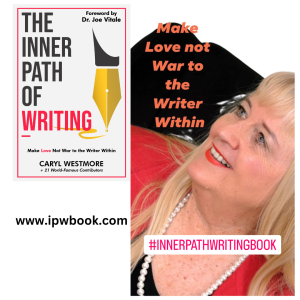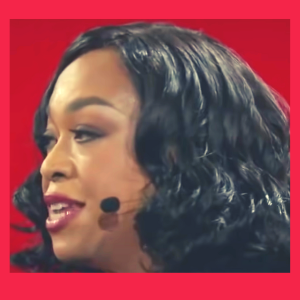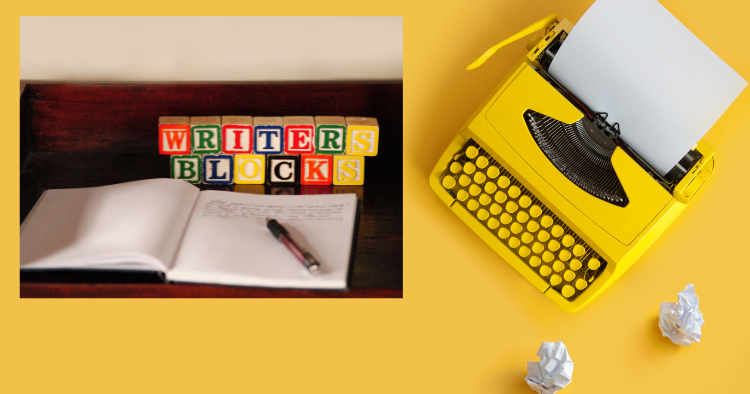Addiction, depression, even suicide. These are ways writers, artists and creatives have addressed their inner demons, including writer’s block and burnout.
Influential writers, such as Charles Bukowski and Stephen King, have written about their writer’s block and the steps they’ve taken to beat it.
While writing his epic plague novel The Stand, Stephen King hit a wall of writer’s block, and getting around it led to a deadly plot twist which he describes in his book On Writing.
Ernest Hemingway talked about “bleeding at the typewriter.”
American novelist Ann Lamott whose book Bird by Bird gave many writers a way to conquer inner resistance once wrote:
“There are few experiences as depressing as that anxious barren state known as writer’s block, where you sit staring at your blank page like a cadaver, feeling your mind congeal, feeling your talent run down your leg and into your sock.”
Naysayers Scoff
Yet many respected influencers scoff or deny Writer’s Block even exists.
Truth or Lie?
 In her new bestselling book, The Inner Path of Writing, author Caryl Westmore offers answers to possible causes (and cures) for writer’s block by interviewing 21 writing experts on authorship, publishing and transformation. She collates their “golden nugget wisdom” on succeeding with the “inner game” of writing and creativity. This includes chapters on depression, writer’s block and burnout–and how to overcome them.
In her new bestselling book, The Inner Path of Writing, author Caryl Westmore offers answers to possible causes (and cures) for writer’s block by interviewing 21 writing experts on authorship, publishing and transformation. She collates their “golden nugget wisdom” on succeeding with the “inner game” of writing and creativity. This includes chapters on depression, writer’s block and burnout–and how to overcome them.
The Inner Path of Writing, Make Love not War to the Writer Within, Foreword Dr. Joe Vitale, promises creatives, writers, authors, both experienced and beginners, that they can clear their inner resistance, keeping them stuck with writer’s block (in its various forms)–without sweating blood or giving up their dreams.
This goes counter to what Steven Pressfield says in The War of Art and Turning Pro where he describes Resistance as a fearsome foe that writers must battle against.
Writer and psychologist Susan Reynolds is one expert who claims that writer’s block is just a myth and not a psychological condition.
In her book and a 2015 Psychology Today article, Reynolds notes that the concept of writer’s block originated in the early 19th Century when the English poet Samuel Taylor Coleridge first described his “indefinite indescribable terror” at not being able to produce work he thought worthy of his talent. Soon thereafter, says Reynolds, “French writers latched onto the idea of a suffering connected to writing and expanded it to create the myth that all writers possessed a tortured soul, and were unable to write without anguish.”
She admits that: “Writing is not for sissies, and if you intend to write nonfiction books, novels, screenplays, plays, and so on, it will not be easy, and you will often come up against a wall of resistance. Just don’t call it ‘writer’s block,’ call it what it is: not being prepared to move on to the next level.”
African American screenwriter Shonda Rhimes has a similar approach. The Creator, Executive producer, and head writer of television hit shows like Grey’s Anatomy, Scandal and Bridgerton refuses to recognize Writer’s Block anymore.

 SHONDA RHIMES
SHONDA RHIMES
She writes:
I decided a while ago that I don’t believe in writer’s block. Now, writer’s block exists. But the best way I had to combat the idea of writer’s block was to deny its existence entirely. Mainly because it’s so damaging. I used to go through periods where it was really bad. So I just decided that I don’t believe in it anymore, and that it doesn’t exist…I can tell you with total assurance, that if you are writing something and your brain gets stuck, and it can’t go forward, that you can then switch over to another medium or another topic, and write about that. And that will unstick your brain on the thing that was hurting.
But Caryl Westmore says there is a far easier and more effective way to banish writer’s block – from within.
In Part 2 (From Stuck to Stoked, Liberating the Writer Within) of The Inner Path of Writing, she offers both theory and case studies on “EFT Tapping to Cure Writer’s Block.”
She also interviews:
- Brandon Bays and Kevin Billet on the Journey method as another effective way to clean and clear the causes of writer’s block
- Dr Laurie Weiss on Logosynthesis
- Silvia Hartmann on the invisible power of energy for creatives
- Jason Hamilton on how to recognize and overcome burnout (an advanced stage of writer’s block)
“Ultimately,” says Westmore, “this book is a collection of useful tools and life lessons to help writers and authors shine while enjoying their craft and not giving up in the face of obstacles, free to write with flow, genius and success, both inner and outer.”
You can read more about the book and access juicy bonuses at www.ipwbook.com which is where to send anyone you know who is a writer or aspiring author.
[bctt tweet=”If I could give ambitious writers one piece of advice, it would be: read this book to ensure you nurture your Inner Writer and master your mindset and motivation.” Ray Brehm, Creator of the Six-figure Author Summit Program” username=”@CarylWestmoreUK”]
Watch the Book Trailer for The Inner Path of Writing here:



